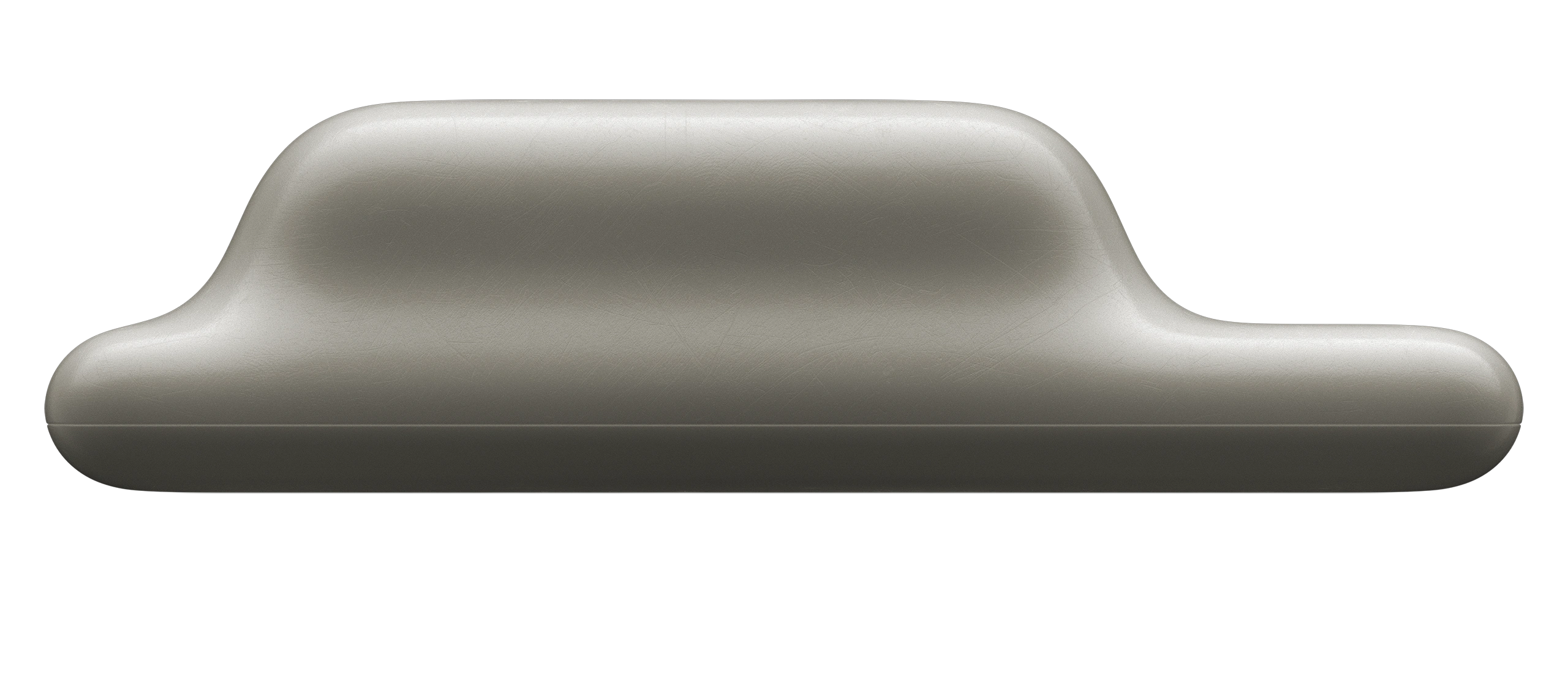Dream Recorder by Modem: Let's play your dreams
- Niwwrd
- Jul 16
- 3 min read
In an age of overextended smart devices and always-on interfaces, Dutch design studio Modem offers something refreshingly simple—and deeply personal. The Dream Recorder, a compact AI-powered bedside object, listens to your dreams and returns them to you as ambient, grainy video sequences. It doesn't alert, it doesn't notify, and it doesn't ask you to log in.
Instead, it asks you to remember.
Reframing AI Through Intention
While most artificial intelligence tools are built to amplify productivity or extend control, Dream Recorder does neither. Its sole function is poetic: capture your spoken dream recollection and render it into a visual artefact. The resulting short film plays back on its embedded display in a low-resolution, impressionistic style—blurry edges, washed tones, flickering moments of surrealism.
In an era where algorithms are trained to grab attention, Dream Recorder aims to soften it. According to Modem co-founders Astin le Clerq and Bas van de Poel, the device reflects a deliberate departure from dominant technology narratives.
"AI is just math and algorithms," says van de Poel. "What matters is the intent behind it."
Design for the Subconscious
The device is small enough to sit comfortably on a nightstand, designed not to declare itself as tech. Developed in collaboration with creative technologist Mark Hinch, industrial designers Ben Levinas and Joe Tsao, and illustrator Alexis Jamet, Dream Recorder was created with tactility and ambiguity in mind. There are no sharp lines, no chrome finishes, and no glossy black screens.
The shell is 3D-printable, the components are off-the-shelf, and the entire system is open-source—hardware, software, and code. This reflects Modem’s design philosophy of transparent, accessible technology. There is no app, no notifications, and no voice assistant. The interface is a single button. You wake up, press, and speak.
Dreams are stored across seven slots, allowing users to revisit a week’s worth of subconscious material and reflect on recurring themes.

Ambient Computing, Revisited
Modem credits its philosophical lineage to Mark Weiser, the visionary Xerox PARC scientist who coined the term “ambient computing”—technology that dissolves into the fabric of life. Dream Recorder is designed in this spirit. It does not interrupt, it does not compete, and it does not extract. It simply exists in the background, encouraging presence over productivity.
The visual language of Dream Recorder is shaped in part by Jamet’s illustrations, known for their ethereal gradients and blurred shapes, and rendered using FFmpeg, a post-processing tool that adds to its analog, dreamlike quality. Users can also input visual prompts to steer the AI’s interpretation of their dreams, further personalizing the output.
More Than Aesthetic Restraint
At NIWWRD, we interpret Dream Recorder not just as an object, but as a stance. In a world over-engineered for engagement, this project reclaims AI as a tool for inward reflection. It doesn’t seek to optimize your day. It helps you understand your night.
The intention behind Dream Recorder aligns closely with our belief that technology must reflect the culture it inhabits—not dominate it. This is not speculative design. It is real, buildable, and personal. A counter-narrative to big tech’s centralization of AI power.
As Modem continues to open-source its outputs—just as it did with Terra, its prior project—it invites makers, thinkers, and dreamers to imagine what AI can be when it doesn’t serve profit, but presence.
A Future with an End Date
Modem’s declaration of an operational end date in 2030 underscores its commitment to impermanence and intentionality. The studio functions as a hybrid between a think tank and design studio, partnering with giants like OpenAI, Google, and Teenage Engineering while carving its own philosophy of speculative utility.
Unlike most startups building toward scale, Modem builds toward meaning. Dream Recorder is a reminder that not all futures are louder, faster, or more connected. Some are quieter, slower, and more reflective.












